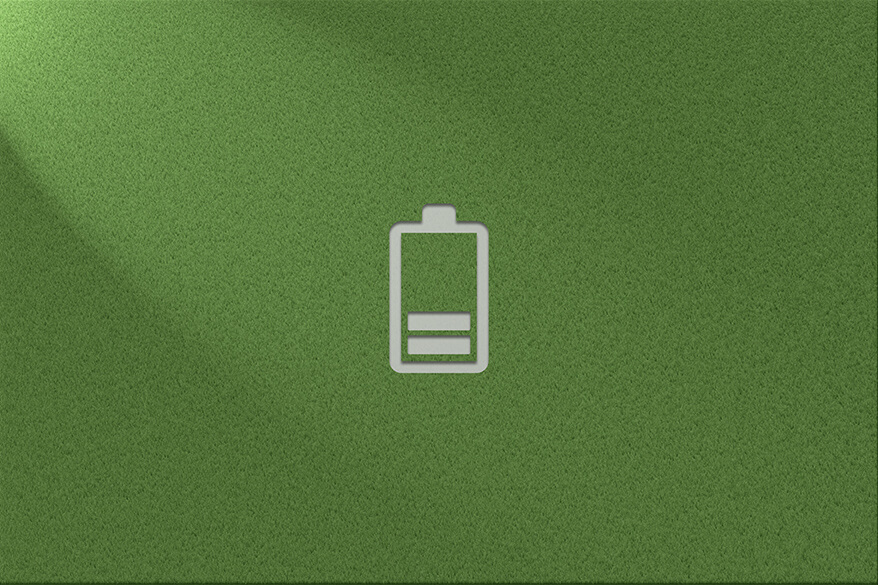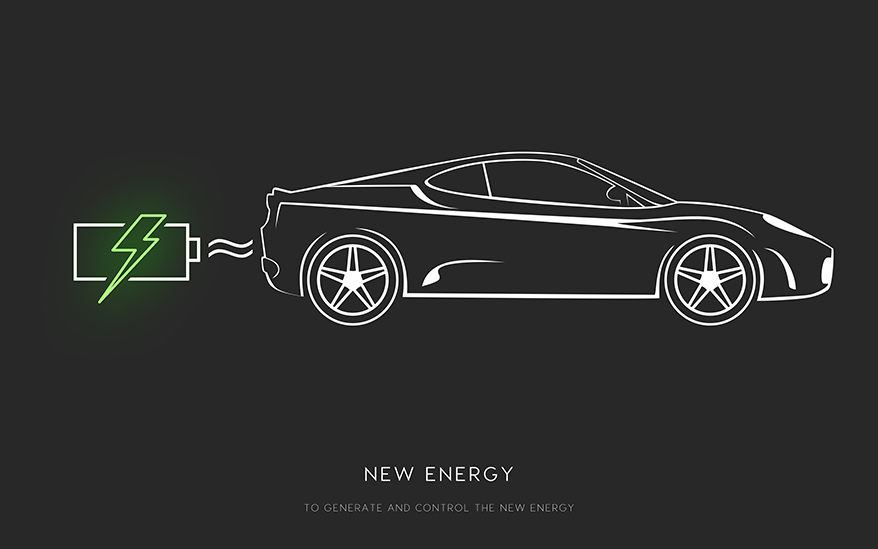Lithium Battery Recycling System Efficiency
May 06, 2019 Pageview:1375
Batteries are very useful, but when they are spent, they can be very harmful to the environment. A single mercury battery could contaminate up to 600,000 liters of water. The recycling of batteries has a number of significant environmental and economic benefits. Citizens have at their disposal various methods to dispose of their used batteries so that they are appropriately recycled. This article explains why you have to recycle batteries and how they are recycled.
Worldwide, it is estimated that the market for lithium-ion batteries will generate revenues of 46,210 million dollars in 2022. But as a result of the increasing supply-demand tension in the market, lithium prices increased by 47% in 2016, and it is estimated that demand will increase by 64% by 2020.
However, the current level of recycling of lithium-ion batteries is still minimal, below 1%, and there are few companies along the supply chain in Europe who are actively involved in the recovery of strategic metals in the batteries.
Part 1: Lithium-Ion Batteries Disposal Hazards:
The electric car is taking a significant boost in the face of climate change awareness. Governments are taking measures to limit emissions from traffic, while traditional manufacturers increase their commitment to this type of vehicles to stop the push of companies like Tesla. But this transition to a 'clean' car park poses a significant challenge: What to do with large lithium batteries when they wear out?
Currently, millions of small lithium-ion batteries already power smartphones and smart appliances like electric toothbrushes. However, those used by cars are large, and recycling is complicated.
These components generate considerable environmental damage, as they can emit toxic gases, as well as contaminate the water in case they are damaged. Despite this, in Europe, only 5% of these millions of small lithium batteries are recycled.
Part 2: How Is lithium batteries Recycled?
The current level of recycling of lithium batteries is very low since it is below 1%. This is mainly because there are very few companies that are responsible for recycling, and the reason is not that lithium has a meager market price, which barely reaches 6 euros per kilogram.
This, oddly enough, means that when recycling lithium batteries, lithium is discarded, extracting other more valuable metals, such as cobalt, which is subsequently used for the manufacture of lithium-ion batteries.
In recycled lithium, it is five times more expensive than lithium produced from mineral sources. Lithium extraction is not competitive for recycling companies. Although lithium is 100% recyclable at the moment, it is not a common practice to carry it out. However, with a growing number of EVs entering the market, a future shortage is foreseen to require mandatory recycling for the supply of materials destined for batteries.
Specialized processes and small-scale recycling plants close to vehicle manufacturers are likely to be the trend of the future. The main obstacle that hinders this type of project is the nature of the financial investments required by the participants to develop the specialized waste collection. As the market is still unexplored, the exact crash and the total benefit of these investments is unidentified, and therefore I required vagueness and doubt when acquiring such promise.
With lithium recycling still in its infancy, there are no infrastructures in the world except some pilot plants that are in the demonstration stage.
Recycling Of Lithium-ion Batteries:
Recycling of Li-ion batteries is growing to a thriving industry sector in order to ensure the future availability of rare-earth metals and other battery components and to reduce the environmental costs of mining.
Lithium is also consumed in many applications or sectors such as construction, pharmaceutical, ceramics, and glass, so consumption in the automotive industry is only a small fraction. To date, batteries account for only a quarter of current lithium consumption, although it is expected to reach 40% in 2020. Lithium is only a small part of the cost of raw materials needed to manufacture batteries.
Part 3: Cost Of Recycling Lithium-Ion Batteries:
It will surprise you that the cost of recycling lithium-ion batteries is not very high, but the benefits of recycling lithium-ion batteries are countless.
Benefits Of Battery Recycling:
The biodegradation time of the batteries exceeds 1,000 years. Batteries contain highly polluting elements that do not degrade easily. Mostly they contain mercury, zinc, chromium, arsenic, lead or cadmium. After 50 years of discarding the battery begins to deteriorate, but will remain harmful for about a thousand years.
Piles, when discarded, are oxidized over time by the decomposition of their elements and the organic matter that surrounds them, which causes damage to the casing and, consequently, releases its toxic components to the environment.
Through the recycling of domestic batteries, it is avoided that the heavy metals that they enclose in their interior end up contaminating the environment. The treatment and recycling techniques vary depending on the type of battery. For example, the mercury of the button cells is recovered by heating and subsequent condensation of the mercury gases.
For the recycling of conventional batteries, there are different possibilities: they can be buried in controlled landfills, or the metal parts of the salt fraction can be separated and then physicochemical for the recovery of zinc, manganese and other metals. On other occasions the incineration of the batteries and the recovery by distillation of their nickel and cadmium.
The environmental foundation Ecopilas collects every day, 320,000 batteries throughout Spain. The recycling of the 246 million batteries collected per year by the collective systems dedicated to this activity, involves recovering 1,230 tons of iron and 1,476 tons of zinc.
According to this analysis, the recycling of an alkaline / saline1 battery allows the recovery of approximately 17 g of materials, mostly metals, of which 5 g are iron and 6 g of zinc, in addition to copper or manganese, in smaller quantities.
This corroborates the necessary reuse of materials due to its positive effect on the sustainability of resources, employing, and every day more, advanced waste management technologies.
- Prev Article: Analysis Of Lithium Battery Fire Risk
- Next Article: Li ion battery charging circuit
Leave Message
Hottest Categories
-
Hottest Industry News
-
Latest Industry News












